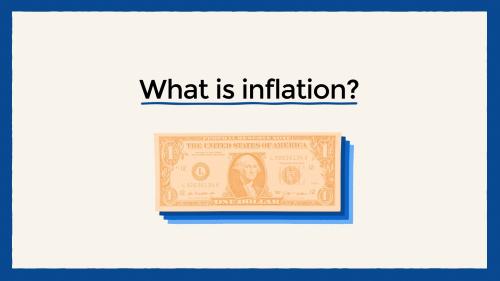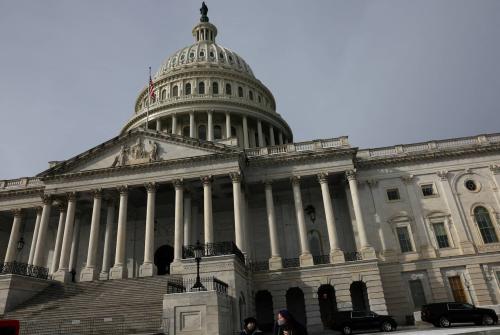Since the 2009 stimulus package was passed by Congress last February we have heard many strange claims about its effect – or lack of effect – on the economy. People who credulously watch cable television or listen to hostile legislators may be under the erroneous impression the stimulus package has failed to boost the economy or cut unemployment. A majority of Americans might now hold this view.
Harvard economist Robert Barro does not fully accept this estimate, but his judgment is almost equally harsh. Unlike other critics of the 2009 stimulus package, Barro doesn’t claim that national output is unchanged or lower as a result of the stimulus. In fact, he acknowledges that in the short run the stimulus package has boosted GDP (modestly) and will do so for the next couple of years. He argues, however, that GDP will be sharply lower in 2012 and 2013 as a result of the stimulus package. He concludes that over the five years between 2009 to 2013 GDP will be lower with the stimulus than it would have been without it.
I think this conclusion is very unlikely to be true. First, I am puzzled by his Wall Street Journal analysis, which seems to treat the stimulus package as though it consists solely of an increase in government spending. In fact, at least 45% of the stimulus in 2009 and 2010 consists of tax reductions rather than spending increases. Moreover, as I have argued elsewhere, the part of the stimulus package that provides fiscal relief to state governments has resulted in reductions in state taxes below where they would have been without the stimulus. Thus, more than half the stimulus package consists of tax reductions rather than government spending increases. It is very hard for me to believe that these tax reductions have failed to spur an increase in household consumption, contrary to Barro’s apparent view that personal consumption has declined as a result of the stimulus.
As Brad Delong points out, Barro believes the multiplier effects of a tax reduction are greater than those connected to an increase in public spending. Therefore, if the stimulus package were more accurately characterized as partly a tax cut and partly a spending increase, the short-term benefits of the stimulus package would look more advantageous using the multipliers favored by Barro. Indeed, the Congressional Budget Office (here and here) and most macroeconomists who make forecasts for a living are much more optimistic than Barro about the five-year impacts of the stimulus package on GDP. Barro may believe that taxpayers already recognize that short-term tax cuts must eventually be offset by future tax increases, so they disregard completely the impact of the stimulus tax cuts on their current disposable incomes. This may be true for a handful of taxpayers, but I think it is extremely implausible as description of typical consumer behavior. In the short run, reductions in tax payments and increases in government transfers almost certainly boost consumer spending above where it would be if taxes were higher and transfers lower.
Second, I am even more puzzled by Barro’s view that we can use America’s wartime experience to derive a useful estimate of the government spending multiplier. This may be true when the multiplier is used to predict the impact of additional government purchases in a full-employment, wartime economy. But can it be true if we are looking for guidance about the impact of public spending in a peacetime economy in which the unemployment rate is almost 10%? Between 1939 and 1944 U.S. output increased 14% a year, with much of the increase spurred by the government’s voracious demand for the goods and services needed to wage a costly war. Although the United States had underutilized resources and excess unemployment at the start of the war, by 1943 the nation’s productive capacity was fully engaged and the unemployment rate had dipped below 2%. It seems fantastical to believe the public spending multiplier between 1943 and 1945 is very useful for predicting the effects of a $300 billion spending increase when capacity utilization is below 75% and the unemployment rate is 9.7%.



Commentary
Op-edRobert Barro Is Too Pessimistic about the Impact of the Stimulus
March 1, 2010